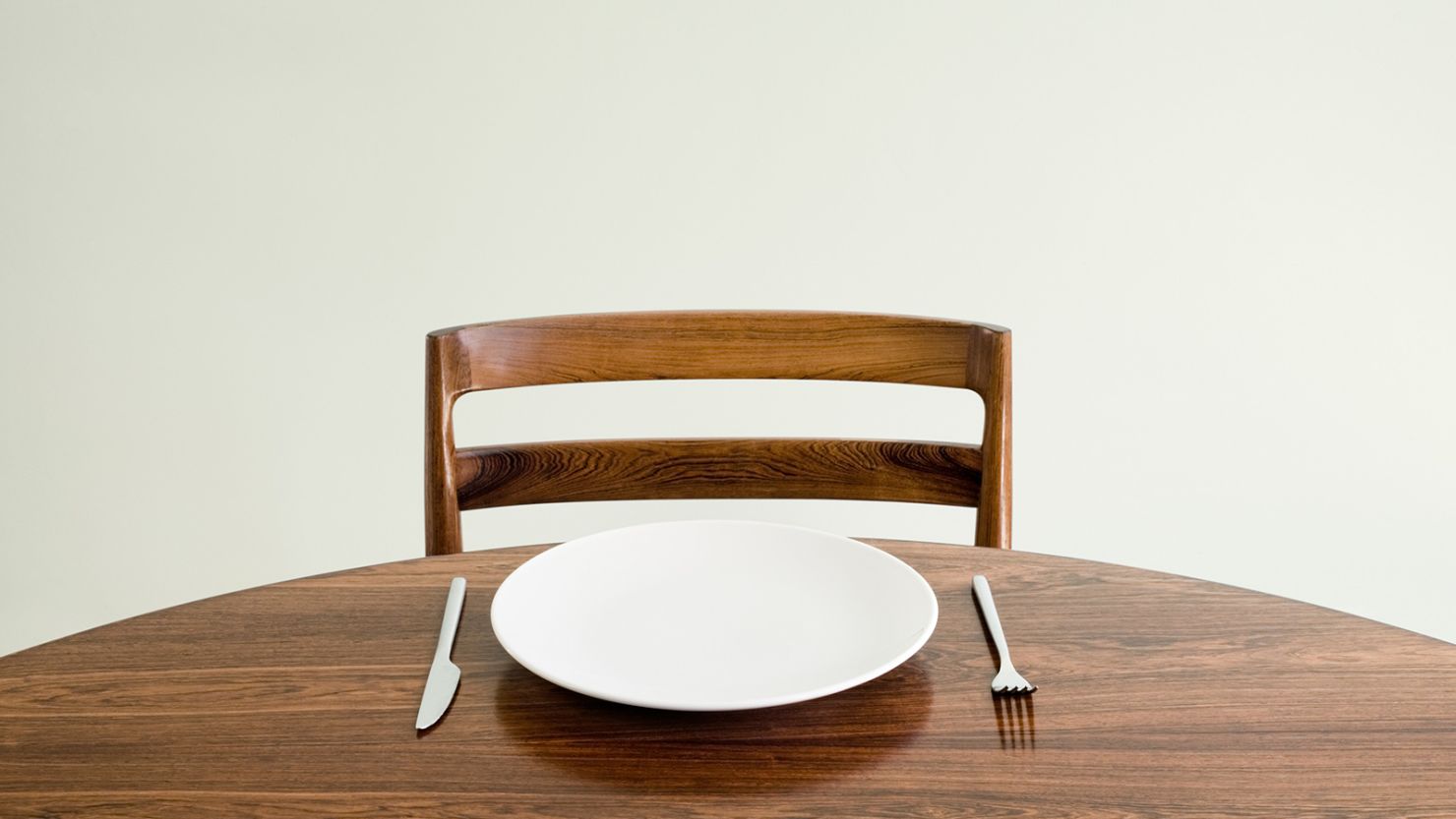Editor’s Note: This is part of an ongoing series that takes a closer look at eating disorders, disordered eating and relationships with food and body image.
Ending cycles of dieting and learning to accept the body you are in sounds great, but it may feel a bit like a fairytale.
How can you control how you eat without counting calories? How should you stop planning for the day when you are thinner? How do you wake up one day without those shameful, mean thoughts knocking at the door to your brain?
It’s hard, said Bri Campos, a body image coach based in Paramus, New Jersey. The goal might not be fully celebrating your body or releasing yourself from all the negative thoughts about weight that comes from diet culture, she said. It could mean just making progress toward feeling less shame or self-criticism.
Diet culture is the widespread societal messages that small bodies are better, larger bodies are shameful and restricted eating is the key to an “acceptable” body. Ascribing to those messages is harmful to people of all body types, especially considering it can encourage eating disorders and make recovery therefrom even more difficult, according to the National Eating Disorder Association.
Diet culture and disordered eating
The promise of attaining (and retaining) the ideal body is hollow, as dropping weight drastically in a short period is likely to be followed by a person gaining it back again. Slow, sustained changes are often more successful, according to a 2017 study. And while some studies do recommend losing weight to reduce the risk of conditions such as heart disease and cancer, it’s also true that health is determined by many factors — shame doesn’t help.
There are ways to unlearn diet culture, Campos said. The process is different for each person, but it can help to find community with other people with similar goals, she added.
Here are several stories of people trying to reject diet culture and what they have found in their journeys along the way.
Melding the personal and professional
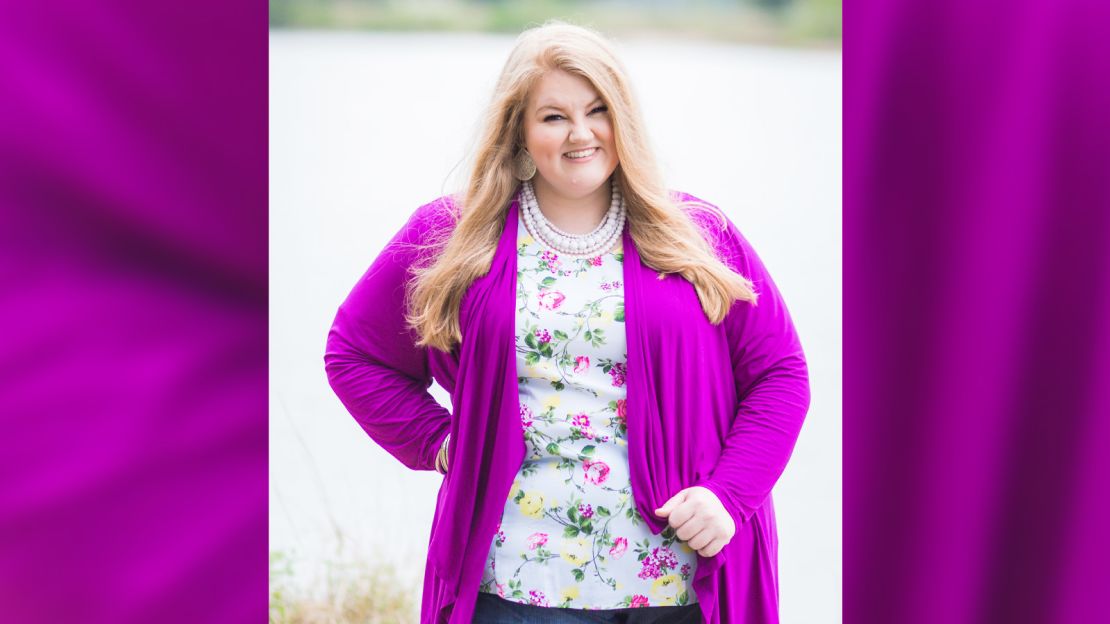
Shanea Pallone started to question her experience with diet culture after a doctor body-shamed her at an appointment. It’s been hard to be a patient in a medical system that has caused her great harm. “I am actively being harmed by providers who don’t see me as more than my weight on the scale,” Pallone said.
But Pallone, who lives in Houston, Texas, also works as a nurse; her job has required her to assess her patients’ weights, mark if they were considered obese on their medical charts and teach them the same dieting tactics she was trying to unlearn herself, she said.
Pallone recalled constantly asking herself, “How do I navigate my own care and giving good care and still work on unpacking some of the ways diet culture still sinks in?” Her answer included going back to research that showed that dieting wasn’t effective — and confirmed she could live healthfully and provide care without shame.
Learning about intuitive eating — an eating philosophy that relies on the body’s natural hunger and fullness cues — helped her in both her personal and professional journeys.
Changing her thinking doesn’t mean that intrusive thoughts about food and diet completely truly go away, but it has gotten easier to see them and try to quiet them, Pallone said. Now Pallone works to help her patients meet their health goals in a way that doesn’t keep them from the foods they love eating or make them feel like they’ve failed, she said.
But while she has been able to have some meaningful impacts on her patients, she had to accept she could not rescue everyone from diet culture.
“It is really hard to walk away from a woman in her 80s, who is moving toward hospice, who (is) like, ‘It’s really ok that I’m losing weight, I’ve always been a little chunky,’” Pallone said.
Getting out of the toxic soup
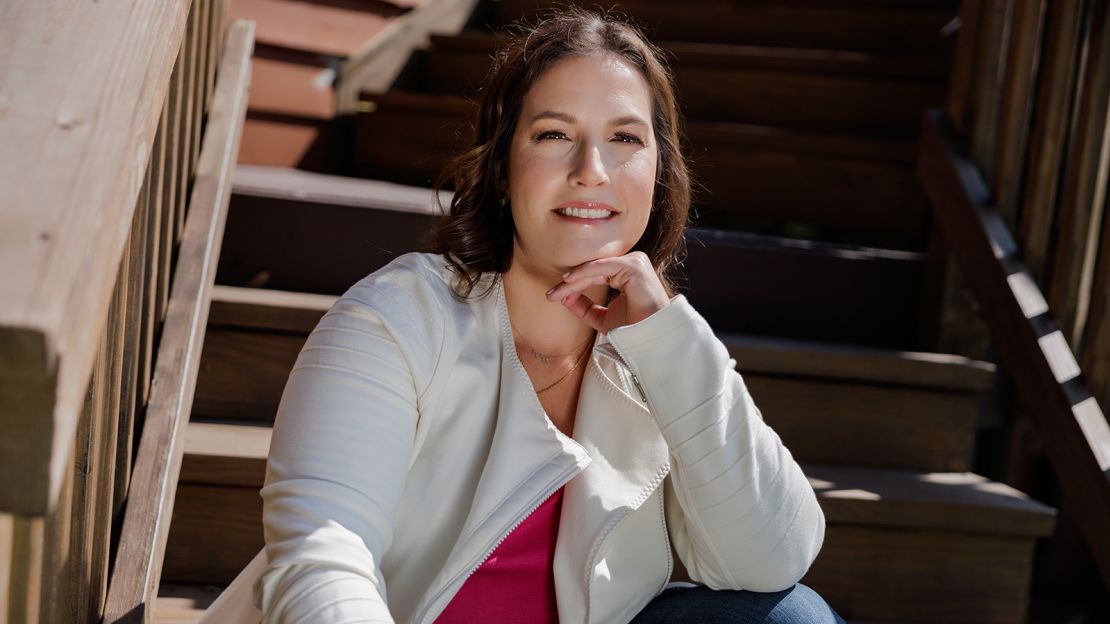
Amanda Mittman, a registered dietitian in Amherst, Massachusetts, began moving away from diet culture after her son was born. She couldn’t bring herself to return to a restrictive way of eating as a new mother, but still felt shame around the weight she hadn’t lost postpartum, she said.
“We’re all still swimming in the same toxic soup,” she said.
Mittman’s first step was to learn to identify diet culture around her, across entertainment media, in advertisements and even in conversations with friends and family, she said.
And once she saw it — like pulling the curtain back on the Wizard of Oz — she found she couldn’t go back to how she saw things before.
This didn’t mean she was ready to give up on dieting and completely accept her body. Diets had always offered her a magical solution: lose weight and you can have everything you’ve ever wanted. It was scary to give up on that dream — and to face the possibility that, in living differently, she might gain weight instead of losing it.
But as she found a community free of diet culture and moved her social media feeds to not value weight loss, Mittman said accepting the grief and mourning that comes with giving up on those goals became a big part of her process.
“I still have the thoughts of ‘wouldn’t it be great if I could lose weight?’” she said. But she reminds herself, “We have been down that road and that’s just not available to me anymore.”
The work to accept her body and love herself isn’t glamorous, she said. There’s “no cap and gowns, you don’t graduate — this is constant work,” Mittman said. “But it gets easier all the time.”
Writing on mirrors
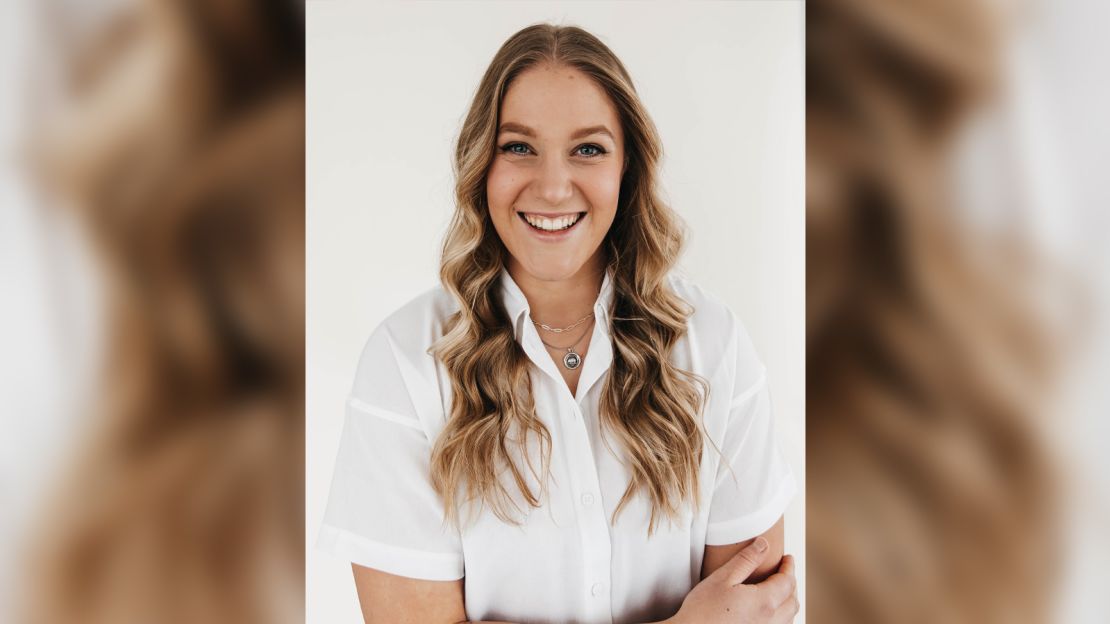
After years on her college varsity rowing team and trying to shape her body to fit expectations, Sandra Thies found herself a little lost without a strict diet and exercise routine.
“The easy way out is to go on another diet, to buy into diet culture online, to restrict your eating,” Thies said. “It’s the easy way to feel that you have control.”
Much of that desire for control would come out around reflective surfaces, she said.
Whether it was the windows she walked by, mirrors in her work bathroom or even at home when she got out of the shower – all were places for Thies to poke and prod at her body, to see if she needed to work out or if she could give herself a little extra at dinner. And days wrestling with her reflection would lead to nights spent staring up at the ceiling, thinking about what she could do better the next day to get closer to her “ideal” body.
Eating disorder resources
US: National Eating Disorders Association
Thies, now an intuitive eating counselor in Kelowna, British Columbia, came across the concept in college and remembers thinking, “wouldn’t it be nice to be at peace with food and your body?” Four years later, she feels like she’s still learning how to move in a way that feels good, how to eat what her body needs and how to stand in front of her reflection without picking it apart.
But the mirror has actually become part of her solution, she said.
She has questions now written on her mirror at home: “What is the feeling? Where do you feel it in your body? How bad is it? Can we sit in this discomfort? What do you need in the moment?”
She now tries to take time to sit with those feelings. Sometimes, she can get through answering all the questions. But on the days she can’t, Thies said she gives herself permission to do what she can to keep her self-talk positive.
“I think about my body and food very frequently,” Thies said. “But the voice that I use has really changed. It leaves me feeling confident and empowered rather than broken down.”
Ending the unwinnable war
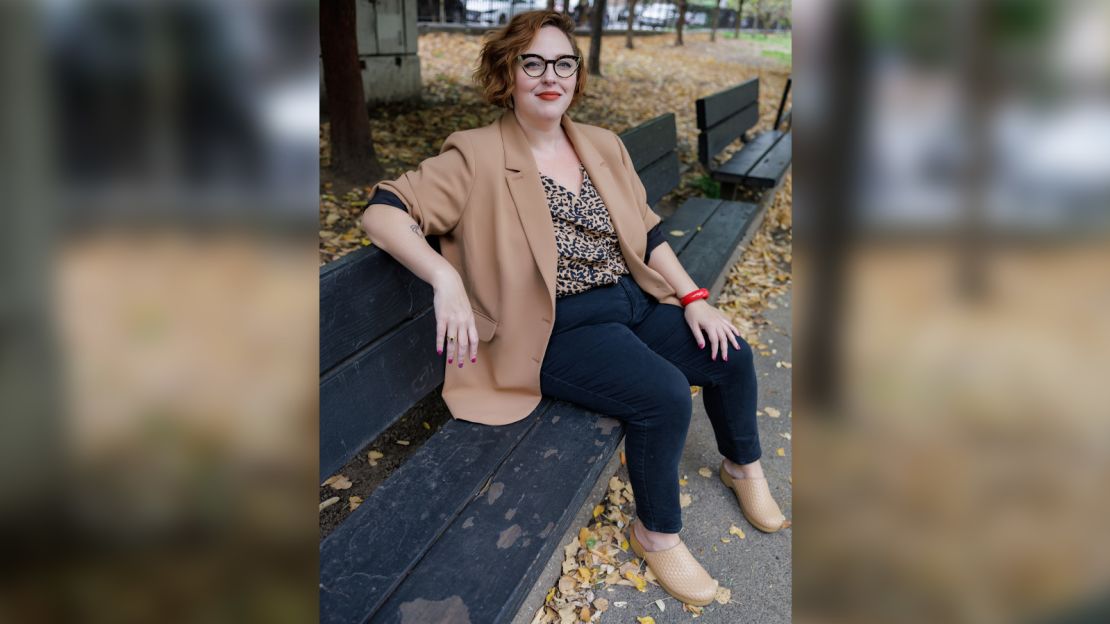
Dani Bryant thought her experiences with her body would threaten to her creative dreams, but instead they turned out to be an avenue to get there.
As a kid passionate about theater, Bryant heard similar messages from her directors, chorus teachers and costumers: You are so talented, but your body has to be smaller if you want to make it big.
She was only a 9-year-old when she first showed signs of disordered eating. By her sophomore year of college pursuing a career in theater, she had developed anorexia, Bryant said.
As part of Bryant’s recovery, she began writing and developed a theater company in Chicago centered around the experiences of body issues and disordered eating, Bryant said. There she found the support she felt was key to her developing relationship with her body.
“My healing is so much in sharing the lived experience, building community around it and that slow unlearning,” she said.
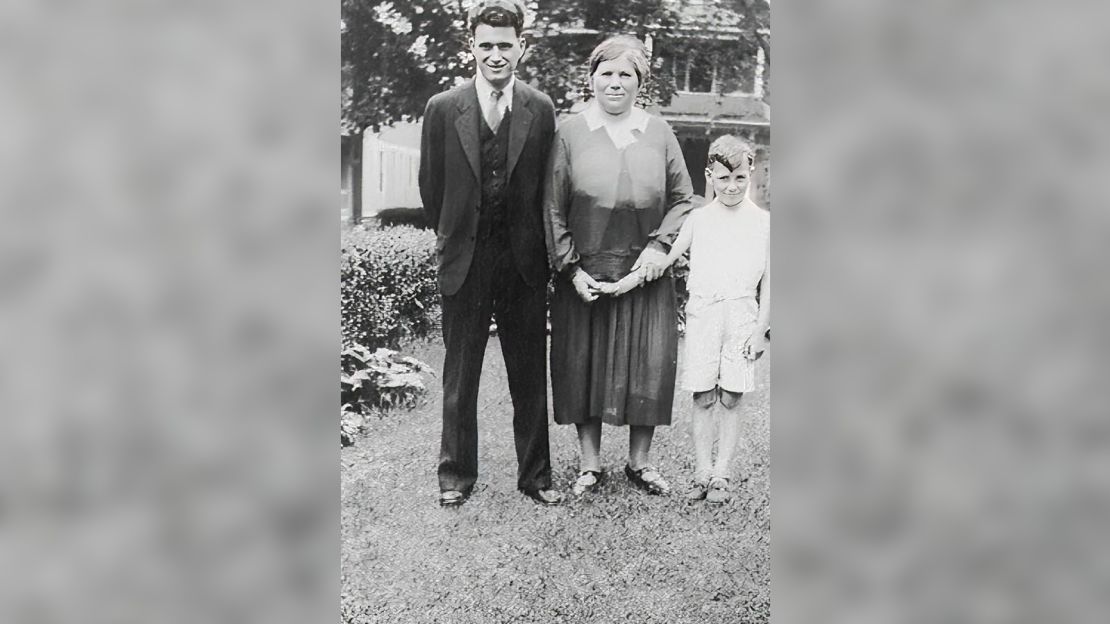
One big moment in Bryant’s healing journey came when she went with her mother on a trip to Ellis Island in New York City, where they happened across a photograph of her family arriving in the United States generations ago.
In the photo, she saw her great grandmother, whose body was shaped just like her grandmother’s, her mother’s and her own, Bryant said.
There she realized her body was more than her choices or her dieting — it was the result of her family, genetics and her history.
She wished she could go back to the little girl she once was to show her that picture and ask her to stop fighting the “unwinnable war” for a smaller body she was never meant to have, she said.

